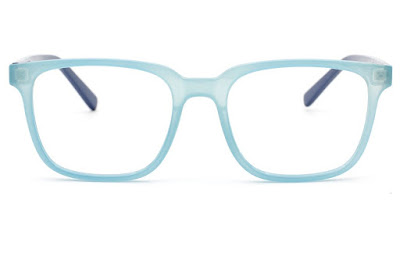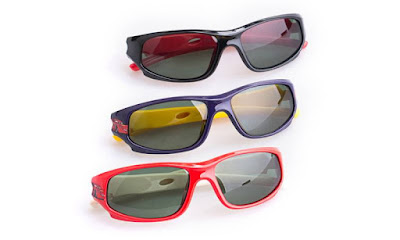What are Prescription Glasses?
Prescription lenses are all over. It is not difficult to forget how these wonders are made. But it turns out a lot is going on with every pair of eyeglasses – it's a lot more than just sticking a piece of plastic or glass in a frame. Here's a short description of how prescription glasses are made and how far they've come.
·
History
The exact origin of the eyeglasses is a little blurred. Greek texts describing the reading of optics and references to "reading stones" date back to the 9th and 10th centuries. While there is some controversy as to when and where the very first vision aids were made, it is widely agreed that the first iteration of eyeglasses originated in Pisa, Italy, about 1280.
·
How They’re Made
Long gone are days of lenses of stone or crystal. Modern prescription glasses are highly lightweight, robust and much more available to the public than they were centuries ago, owing in large part to the gradual transition from glass to polycarbonate lenses in the mid-1900s. The lens crafting process begins in the optometrist's office, where a patient undergoes an eye exam. It's a prescription.
The optical prescription shall contain qualities such as:
1.
Axis – a number between 0 and 180 degrees that shows the
orientation of astigmatism.
2.
Spherical base strength – Negative or positive meaning assessing
near-sightedness or far-sightedness.
3.
Basic power of the cylinder – A negative or positive value to calculate
the degree of astigmatism



Comments
Post a Comment